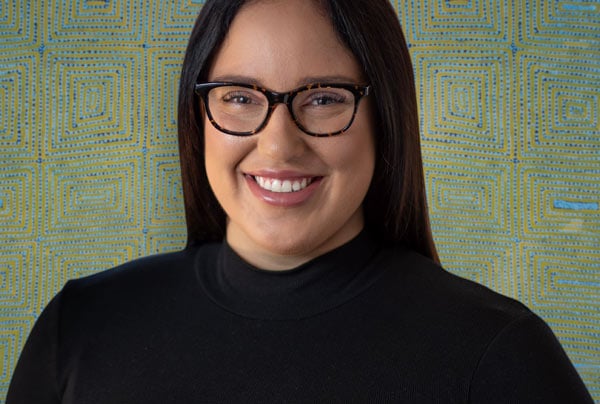For the most part, it seems ASX investors have welcomed the latest patch of capital raisings.
Indeed, investing in the most recent ASX capital raisings seems to have produced good returns despite the continuing COVID-19 market turmoil.
$15.4 billion raised
From March 18 to April 27 there were 35 announced raisings seeking a total of $15.4 billion, totalling 13% of issuing companies’ pre-raise market capitalisation.
In all, 74% of the deals trading are trading above their offer price, with an average return of 17% to date.
Companies that have raised capital include Cochlear Limited (ASX: COH), Flight Centre Travel Ltd (ASX: FLT), Webjet Limited (ASX: WEB) and more recently, National Australia Bank Ltd. (ASX: NAB) and Lendlease Group (ASX: LLC).
There is still the opportunity to participate in capital raisings as Macquarie analysts expect more ASX equity raisings after one-third of the ASX 300 withdrew their earnings guidance.
Macquarie Securities analysts note that on a stock level, deals with higher discounts tend to have higher returns.
The average offer discount is 19%, while the average discount for the ASX 100 is 16%. Companies raising to invest have a discount of around 12%.
The highest discounts are media companies and supersized deals at 42%. On the other hand, the lowest discounts are real estate investment trusts at 7%, followed by staples at 8% and financials at 9%.
In an article published on Livewire, Simon Connal senior research at Ownership Matters says that a supersized waiver is available where an entity undertakes a placement followed by an entitlement offer.
“It allows an issuer to calculate its placement capacity on the basis of the expanded capital base post the capital raising,” Connal says.
The supersized deals have higher average returns of 31% which can be partly attributed to higher discounts of 42%.
These deals are Webjet, Flight Centre, Dacian Gold, G8 Education, oOhMedia!, Monash IVF, and Southern Cross.
Upsized deals where the institutional placement is increased such as Cochlear, Webjet and InvoCare, have above-average returns of 25%.
Macquarie says: “It has been profitable to participate in raisings so far, especially where money raised is for investment or where the placement was upsized due to demand.”
Capital raisings where the purpose is merger and acquisition such as Bellevue Gold, Megaport and NextDC have returns of around 24% and 100% are above their offer price.
Another reason for raising capital
The most important reason for the capital raisings is to increase liquidity with over 16 deals and 12 deals to strengthen balance sheet such as repaying debt or improving capital.
Consumer discretionary has eight deals including Webjet, Kathmandu and Flight Centre, with seven of those raising to increase liquidity.
This is followed by health with six deals and half of those looking to increase liquidity. The deals include companies such as Cochlear, Paradigm Biopharma and Ramsay Health Care.
Financials has the highest value deal, with NAB’s capital raising offer pushing the value to $4.8 billion or 31% of the total.
In late March, the ASX announced that it would each grant temporary capital raising relief to facilitate emergency capital raisings for ASX-listed entities.
The relief allows issuers to issue new shares worth up to 25% of their market capitalisation, from 15%, provided that they make an entitlement offer or share purchase plan as a follow-on to the placement at the same or lower price.
As it stands, around 39% of all capital raisings have been conducted in reliance on the temporary increase in placement capacity.
This article first appeared in The Inside Adviser.
[ls_content_block id=”14946″ para=”paragraphs”]








